South Sudan Travel; Staying with the Mundari Tribe
South Sudan travel can be tricky, but visiting the Mundari tribe makes it so, so rewarding. Over the years, I’ve made a lot of friends in the more obscure countries in our beautiful planet, traveling to all 197 countries will do that! And with these friends, it’s allow me to run blog trips to places like Syria, Yemen, Central African Republic (I had a CRAZY trip visiting Central African Republic, you can read about it HERE), Iraq, Turkmenistan, Mali and Mauritania. Most recently this list includes South Sudan, both one of the least visited countries in the world, and the newest country in the world;
I organised a group of me and my followers to take a few days in South Sudan (including bringing my mum!). Exploring Juba, the capital, but even better – visiting the Mundari Tribe in the savannas of the world’s youngest country. The Mundari went viral recently when a Nat Geo photographer took some epic photos with some of their wrestlers and their cattle. So let’s have a look at all things South Sudan travel related, including a recount of my travels with my onestep4ward trip recently.
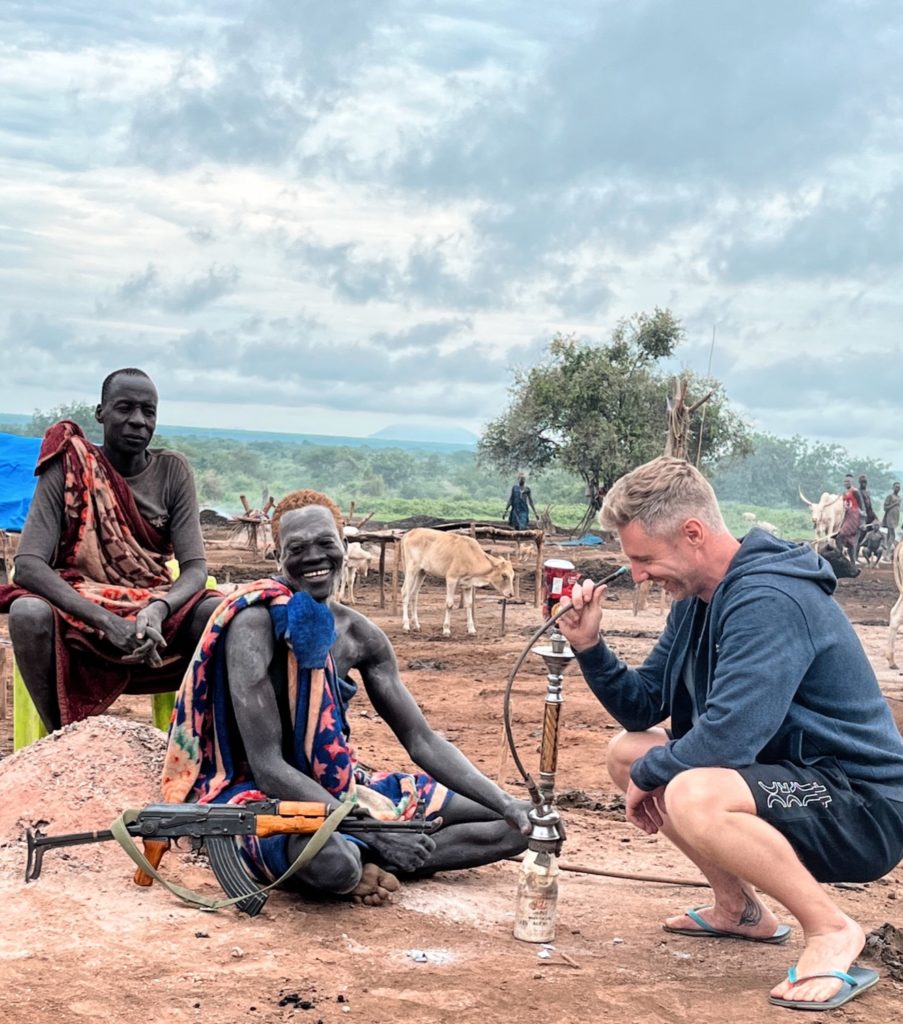
Table of contents
Why Visit South Sudan?
Most people who visit South Sudan are either hardcore travelers, or are people trying to visit every country in the world (or both!).
South Sudan may not be on everyone’s travel bucket list, but they’re making a mistake! True travel experiences are hard to come by but South Sudan offers that in spades! Let me show you a few reasons to travel to South Sudan.
- Cultural Diversity: South Sudan is home to over 60 different ethnic groups, each with its unique customs, traditions, and languages. From the Dinka tribe, known for their impressive height and cattle herding, to the famous Mundari tribe with their famous long horned cattle, South Sudan offers a chance to experience a rich diversity of cultures.
- Natural Beauty: South Sudan is a country of vast landscapes, from the Nile River, the world’s longest river, to the vast savannahs and national parks teeming with wildlife. Visitors can witness incredible wildlife, including elephants, lions, and giraffes, in their natural habitat.
- REAL adventure: South Sudan offers a unique adventure for travelers who want to step off the beaten path. Visitors can explore the capital city of Juba, discover traditional tribes, go on safari, or even go on a Nile river cruise. Enough with Thailand and Cancun. Come and do some REAL TRAVEL!
- History: South Sudan has a rich and complex history that spans thousands of years. From the ancient Nubian kingdoms to the recent independence from Sudan, South Sudan offers a chance to learn about the country’s history and culture.
Is it Safe to Travel to South Sudan?
Before we discuss my recent travels there, I know a lot of you are wondering about if South Sudan is dangerous So is South Sudan safe to travel? It’s a tricky answer. But the short answer is if you want a super-safe country to visit, South Sudan is not the one!
So obviously, it’s not as safe as Ireland, or Bali for example. That’s true. Safety is a legitimate concern when it comes to traveling to South Sudan, as the country has experienced periods of conflict and instability in the past. However, it is important to note that many areas of the country are safe to travel to, and with the right precautions, visitors can have a safe and enjoyable trip.
The capital city of Juba is generally considered safe for tourists, although it is important to exercise caution when exploring the city, especially at night.
When traveling outside of Juba, you should only go with a local guide who is familiar with the area and can provide valuable insight into the local customs and culture. South Sudan is poor, and there is a risk of crime in South Sudan, including theft and robbery.
- Make sure you have travel insurance for South Sudan. Most companies don’t include it, but THESE GUYS DO!
Health?
Malaria and cholera are both prevalent in South Sudan. And in fact one of my mates got Malaria on our recent trip. So TAKE anti-malarial medication and drinking only bottled or purified water.
Long story short? If you have a local fixer, or you join a tour, then yes you can have a safe trip. Just be aware.
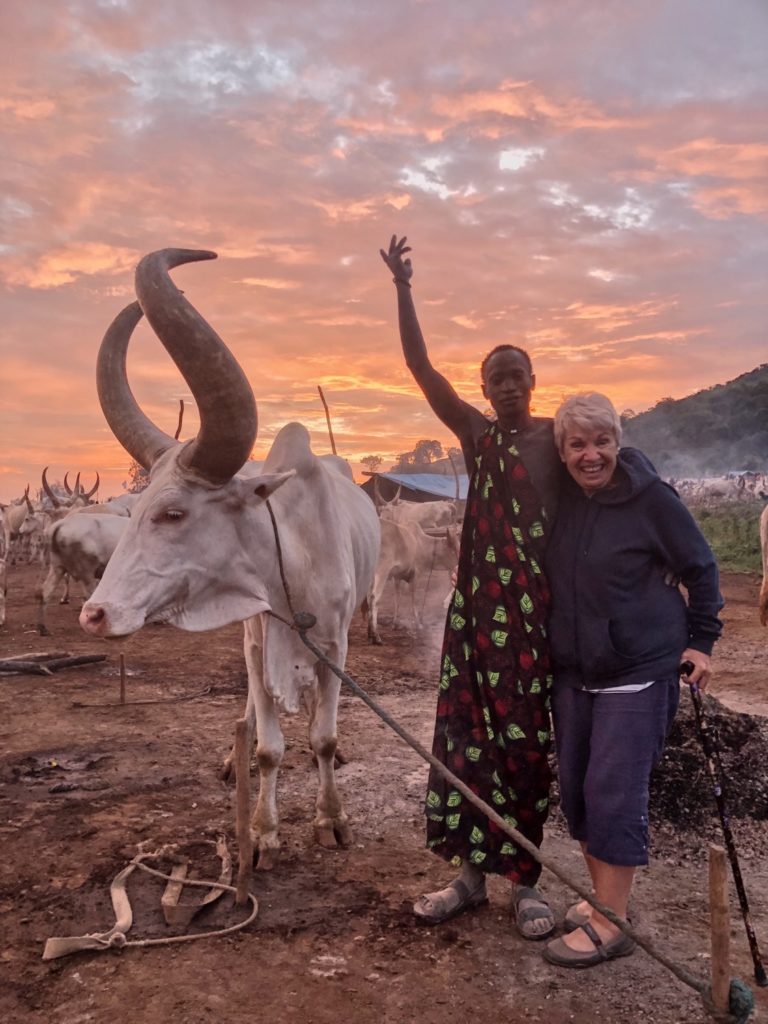
How About South Sudan visas?
Most countries get get a South Sudanese tourist visa online. It’s $150 or so. It used to be SO difficult, so this is huge progress!
Things to see in South Sudan:
South Sudan may not be a well-known tourist destination, but it has plenty to offer for those who are willing to venture off the beaten path. Here are some of the top things to see in South Sudan:
- Juba: The capital city of South Sudan is a great starting point for exploring the country. Visit the bustling marketplaces, take a stroll along the banks of the Nile River, or explore the local museums to learn about the history and culture of the country.
- Boma National Park: This remote national park is home to a variety of wildlife, including elephants, giraffes, and ostriches. Visitors can go on guided safari tours to see the animals in their natural habitat.
- Nimule National Park: This national park is located in the south of South Sudan and is home to a variety of wildlife, including antelope, zebras, and buffalo. Visitors can also take a boat ride on the Nile River to see the park from a different perspective.
- Mundari tribe: The Mundari tribe is known for their unique cultural practices, including body scarification and cattle herding. Visitors can stay in a traditional Mundari village and learn about their way of life.
- Kidepo Valley National Park: Located on the border with Uganda, this national park is home to a variety of wildlife, including lions, leopards, and elephants. Visitors can go on guided game drives or take a hike to see the stunning landscape.
- The Sudd: The Sudd is one of the largest wetlands in the world and is home to a variety of bird species, including the rare shoebill stork. Visitors can take a boat ride to see the birds and other wildlife in their natural habitat.
- Torit: This city is known for its unique architecture and is home to a number of historic buildings, including the Torit State House and the Torit Museum.
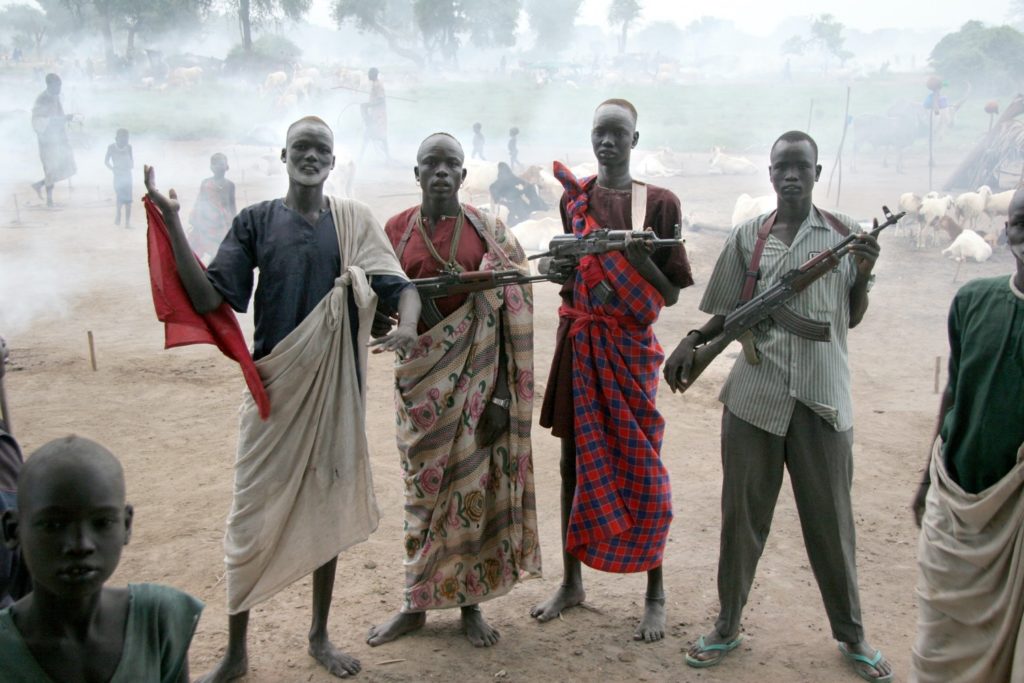
Best South Sudan Itinerary?
If you’re pushed for time (or budget!), then the best thing to do with your trip to South Sudan would be 4 days. Same as my South Sudan itinerary. You can see Juba, and (if you pre organise it) a trip to stay with the Mundari tribe. They’re the two highlights of the country in my opinion, with safari options being better in neighbouring countries.

Best time to visit South Sudan?
I visited in August/September which wasn’t ideal! You’ll see why during my recount of my time in South Sudan later on.
The best time to visit South Sudan is during the dry season, which runs from December to March. During this time, the weather is generally warm and dry, making it easier to get around and explore the country. The wet season, which runs from April to November, can be challenging for travelers, as the heavy rains can make travel difficult and some areas may be inaccessible.
Additionally, during the wet season, there is a higher risk of diseases such as malaria and dengue fever. Therefore, if you are planning a trip to South Sudan, it is best to plan it during the dry season.
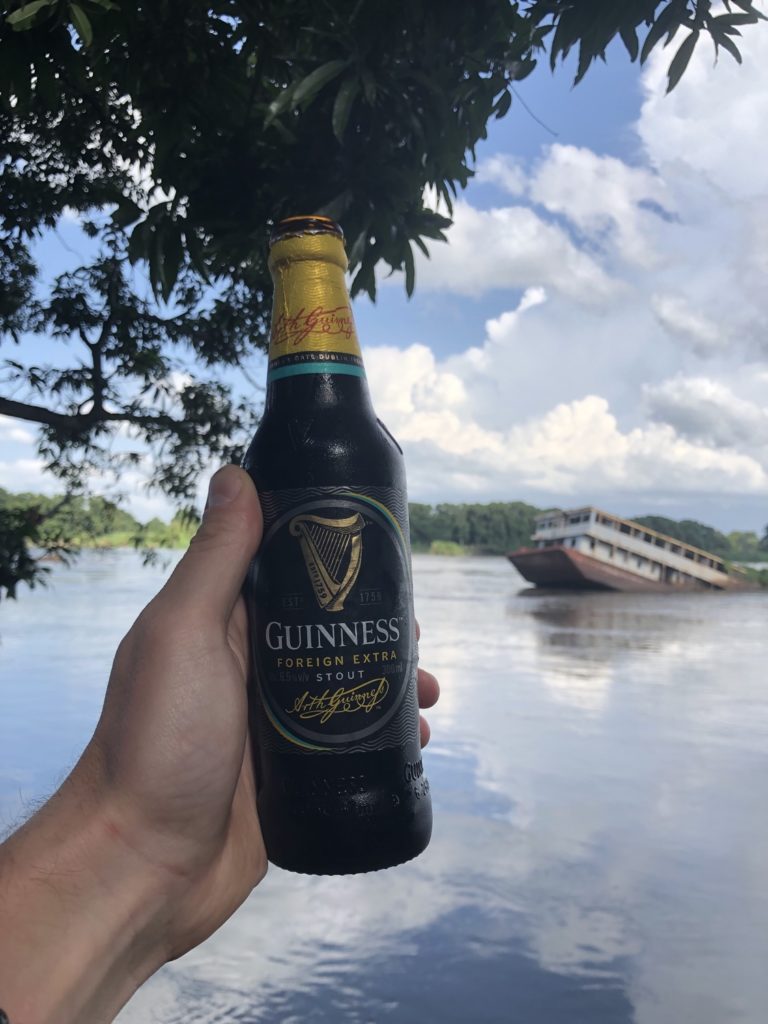
My recent trip to South Sudan
I visited South Sudan in August/September 2022. I organised a group trip with my friend Frederik, and brought along 16 other people, including my mum! How was it? Pretty f*cking amazing!
My itinerary:
Day 1: Arrive in Juba. Visit the local Konya Konya market, the central mosque, the John Gaeang Mausoleum. Overnight in Juba.
Day 2: Wake up, private transfer to South Sudan’s most epic experience. Staying with the Mundari tribe! We stop for lunch in Terekeke for food (and to buy some booze). We arrive and watch the Mundari wrestle with anoter local tribe.
Day 3: A full day with the Mundari! They will share with us their rituals, their stories, and the arcane secrets of their ancient culture. Both last night, and tonight, we stayed in tents in close proximity to the Mundari village itself.
Day 4: Back to Juba for afternoon flights out.
My Experience:
I had ALWAYS wanted to visit the Mundari. But during my trip to every country, the last time I visited South Sudan I only visited Juba, the capital. To visit the Mundari is quite an expensive thing to do. You have to pay the elders thousands (and thousands!) of dollars to visit, and then stay. So I had always planned to get a group together to split the cost and experience their culture. So that’s what we did.
All my travelers joined on a couple of different flights and arrived in Juba at various times. Juba has pretty decent hotels actually, wifi, bar, even a pool! So we all eventually arrived, had a few local beers and went for a local dinner nearby.
After hours in Juba isn’t super safe, so we walked back around 9pm. En route we got accosted by a few drunk guys screaming racist abuse at us! Not a lovely welcome, truth be told, but a good reminded that South Sudan was in a civil war until recently, so danger isn’t ever too far away. An early night was clearly the best plan!
The next morning we all had brekkie together, the excitement in being in one of the least visited countries in the world. We checked out of the hotel and Frederik, my buddy and fixer, took us to the local Konya Konya market where we were very much the main attraction.
Some of the girls got some local dresses, some of the guys bought the South Sudanese football shirts. And off we went. Pit stop at the supermarket for lunch and to pick up some booze for our nights in the tents (you cant camp without booze!).
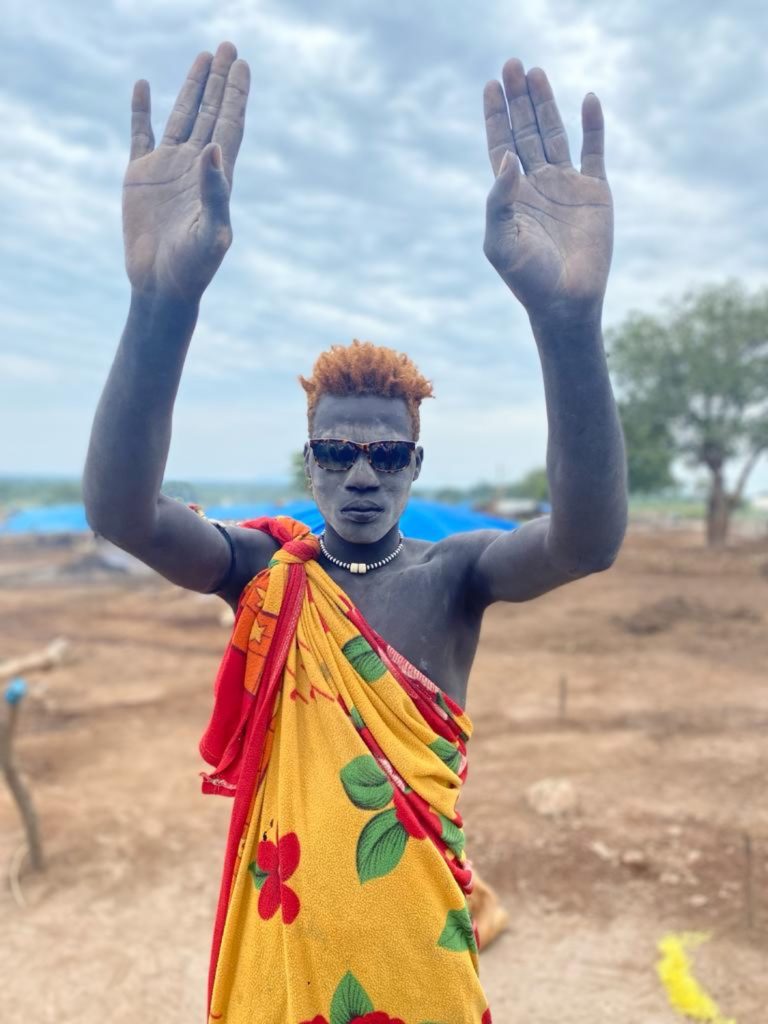
South Sudan Travel, Meeting the The Mundari
Frederik himself is a Mundari. So he had facilitated all the necessary requirements, payments and permits to access the Mundari tribe. We had also timed our visit nicely so we got attend a local wrestling match between 2 neighboring tribes. We pulled up to the tribe, 100km or so from Juba, and the festivities were well under way.
The South Sudanese are the tallest people on earth. So to then see their wrestlers, the biggest amongst the biggest, was a sight to behold. HUGE guys (and girls) fighting, with baying crowds. It was an intense introduction. Screaming, laughing, shouting. Even an invite to join in. I skipped. Cheers.
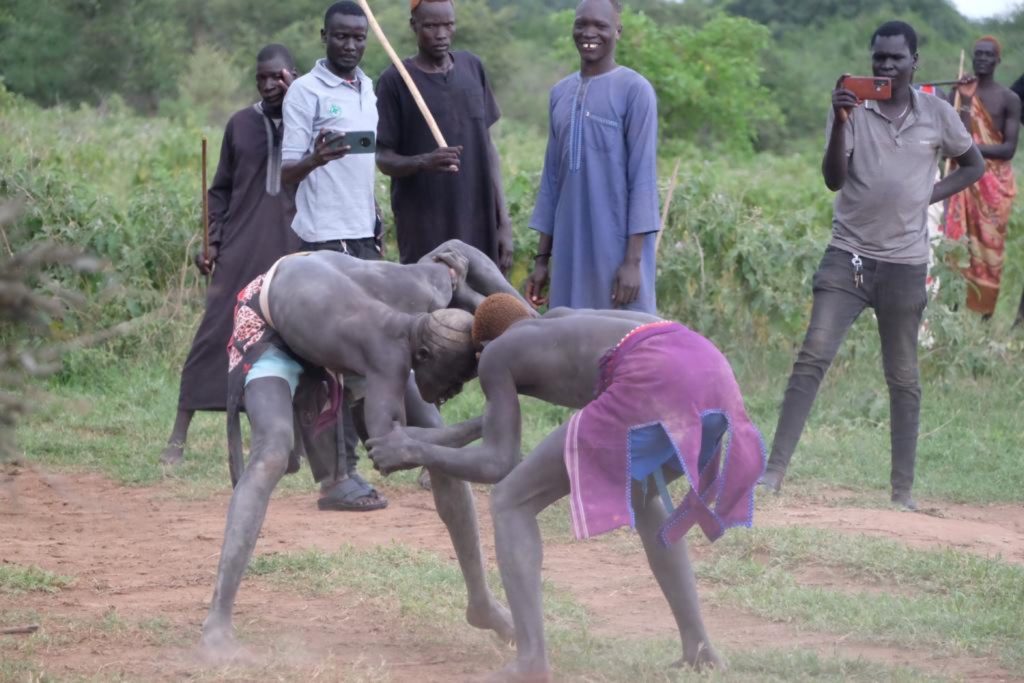
It was everything we had hoped for. A real experience. Real travel. Real adventure. The competition ran for a couple of hours, and then in an instant, it dispersed.
We set up camp, claimed our tents, and went for a walk around the village with Frederik. By this time though it was almost sunset so it was just a brief introduction. We had the whole day the next day to explore properly. So our local team set up dinner, as ominous clouds grew in the distance. Then lightning, then thunder. I had a quick chatr with Frederik.
“Frederik, these tents are waterproof right? They seem a little thin and some of them have holes”
“No johnny, not waterproof”
“What?! What happens if it rains?!
“It rained the last time I had some tourists here”
“Ok Frederik, and what happened to them in the tents in the rain”
“They were soaked of course”
Great.
Soaking wet
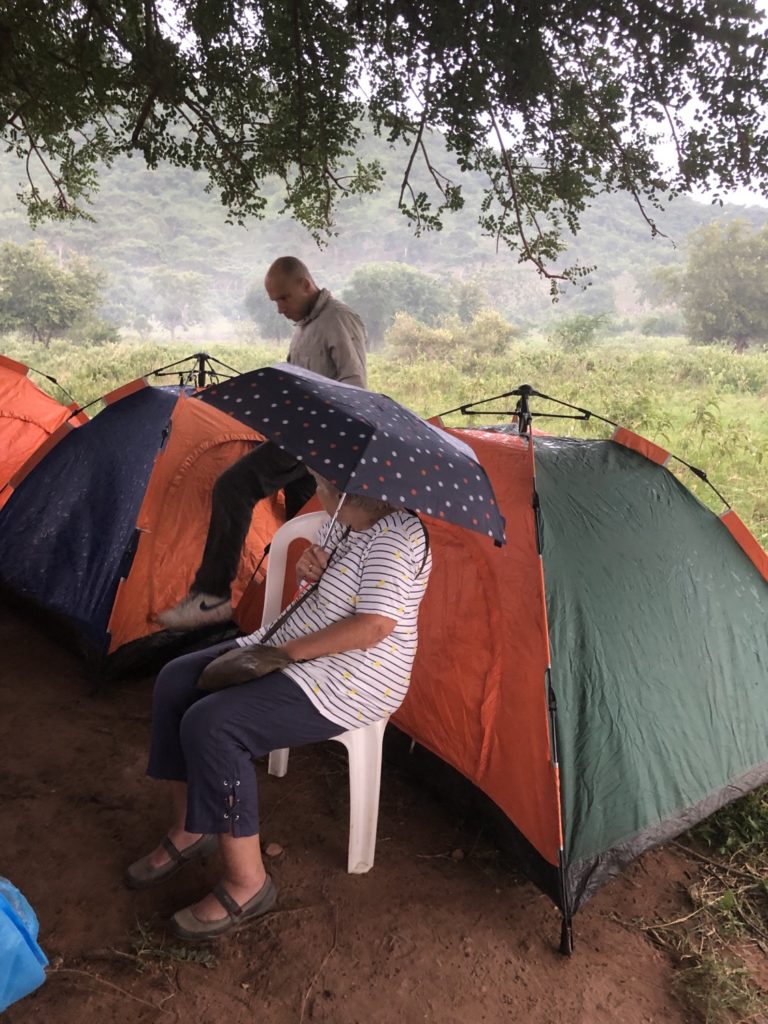
So we ate. And waited to see what direction the clouds were coming. Obviously they came right at us. Full downpour. And yup, we were soaked. “Of course“. But the lovely thing about my group trips is the people are always up for an adventure! So everyone scrambled to their tent. Booze in hand. The rain poured, we all got soaked. 90 minutes later everyone emerged. Some rather worse for wear. We formed a circle with our plastic chairs and proceeded to drink the rest of our wine, beers and whiskey. Belly laughs, music playing, not a complaint to be heard. What a night!
The next day we were awoken with the stampede of the famous cows. I got out of my tent and we were surrounded! Wow!
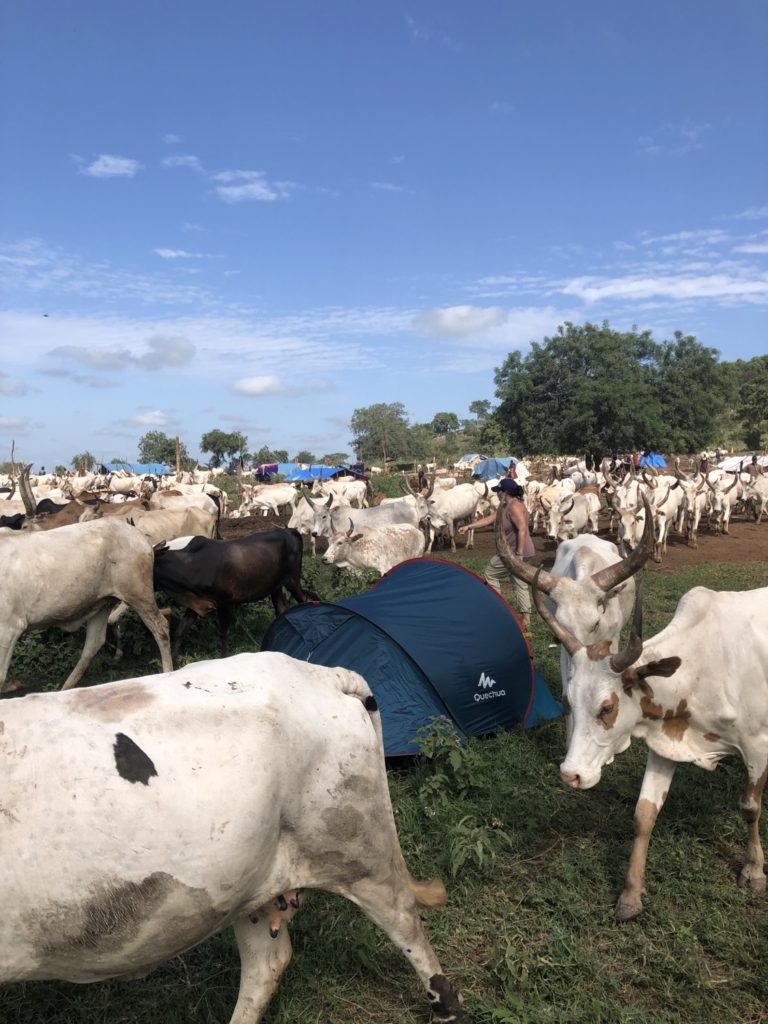
Showering in Urine
Today,on our full day with the Mundari we got a true insight into the lifestyle they live out here in the South Sudanese bush. One aspect of which, which gathers a rather large portion of the news, is that there is no running water for showers in their camp. Not to be deterred, that means the local Mundari crouch beneath their cows as they urinate and shower in the cows urine. Wiping their heads and faces thoroughly. The ammonia in the urine then dies the local Mundari hair yellow. Making them very distinguishable amongst other tribes in the region.
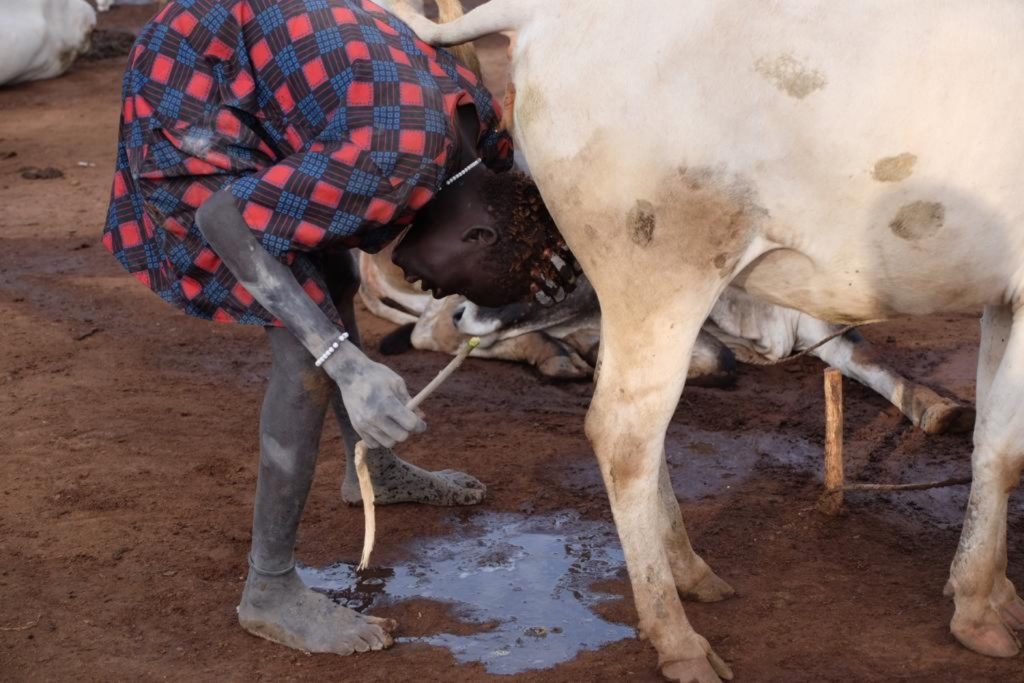
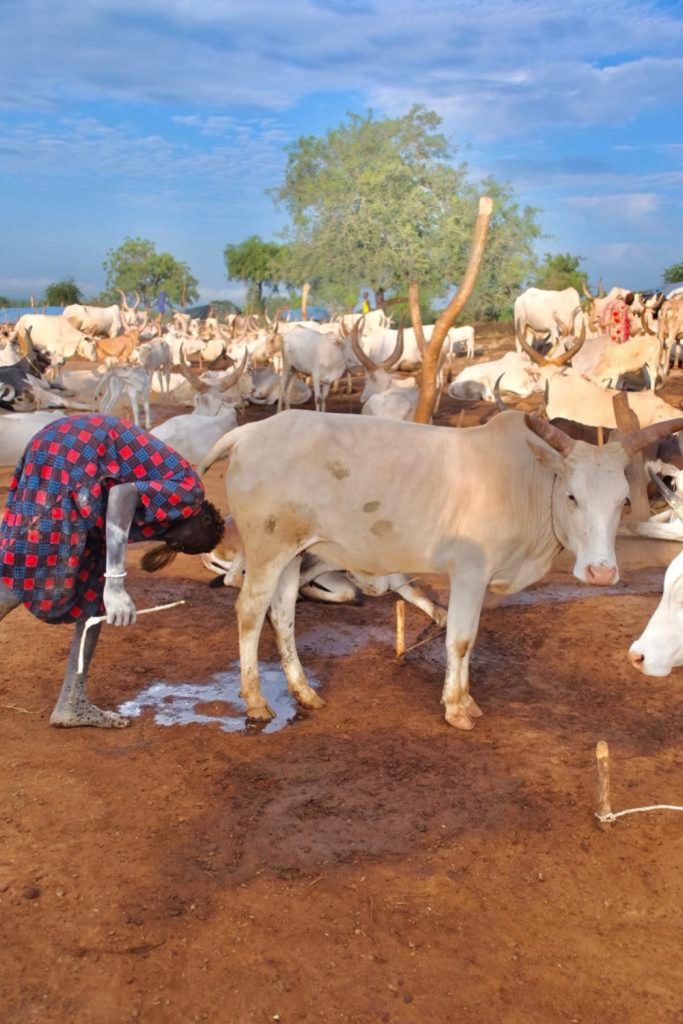
The rest of the day we mingled with the Mundari who weren’t off tending to their cattle. The elders, the ladies, the kids. After day 1, where there was justified awkwardness beneath these strange foreigners and the local villagers, today we couldn’t walk 10 feet without tall, proud Mundari bringing their largest cattle and demanding photos. Often deadpan photos, then ear to ear smiles, laughs and hugs.
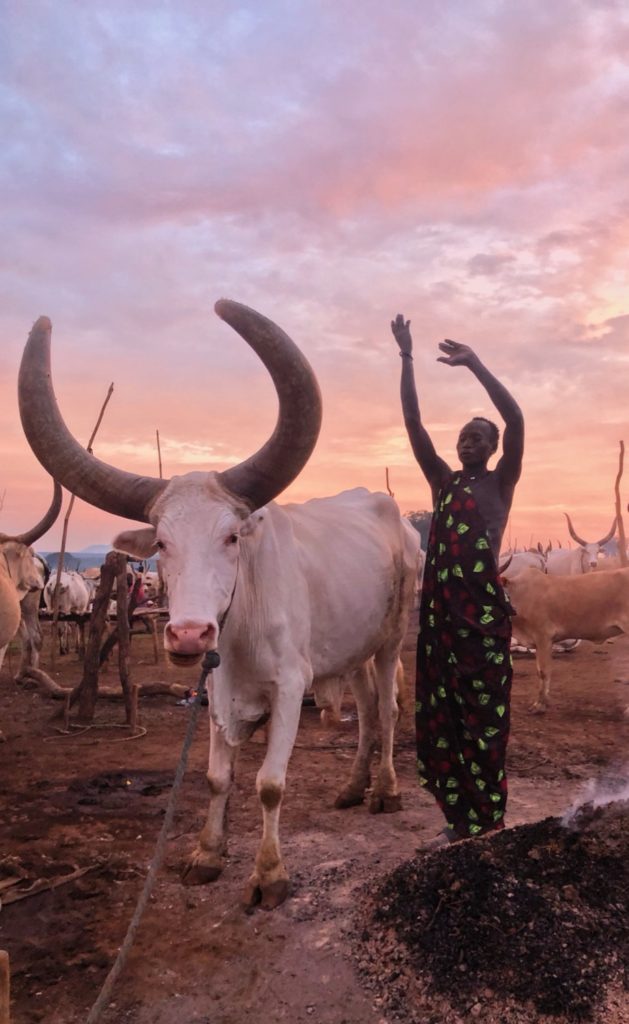
We had one last night in our (damp!) tents. Thankfully we had some wine left to aid our sleep. And the following morning we were Juba-bound. The flights weren’t until the evening though, so we stopped off at a lovely lunch spot, perched on the side of the Nile and all soaked up the adventure we had all shared over the last 3 or 4 days. South Sudan. Real travel indeed.
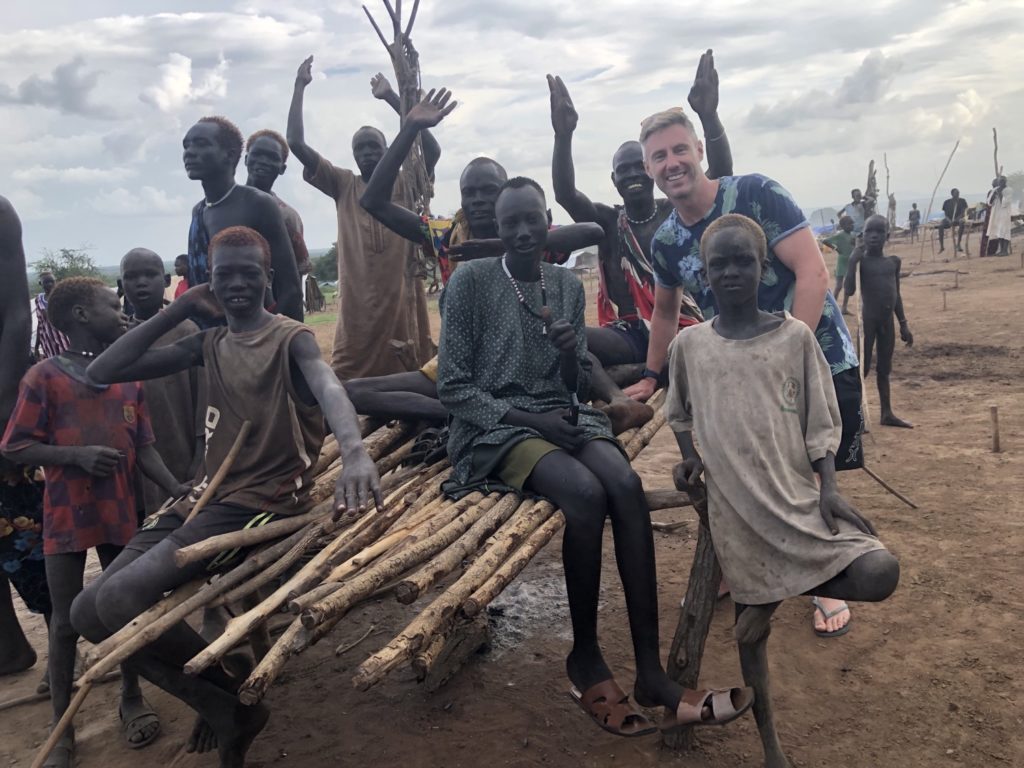
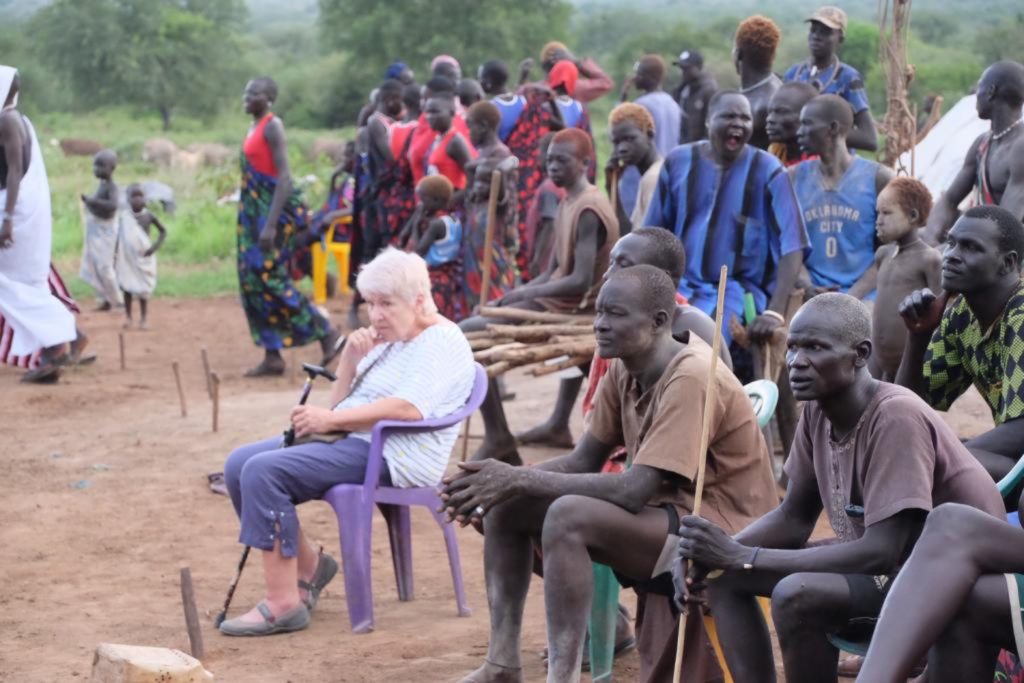

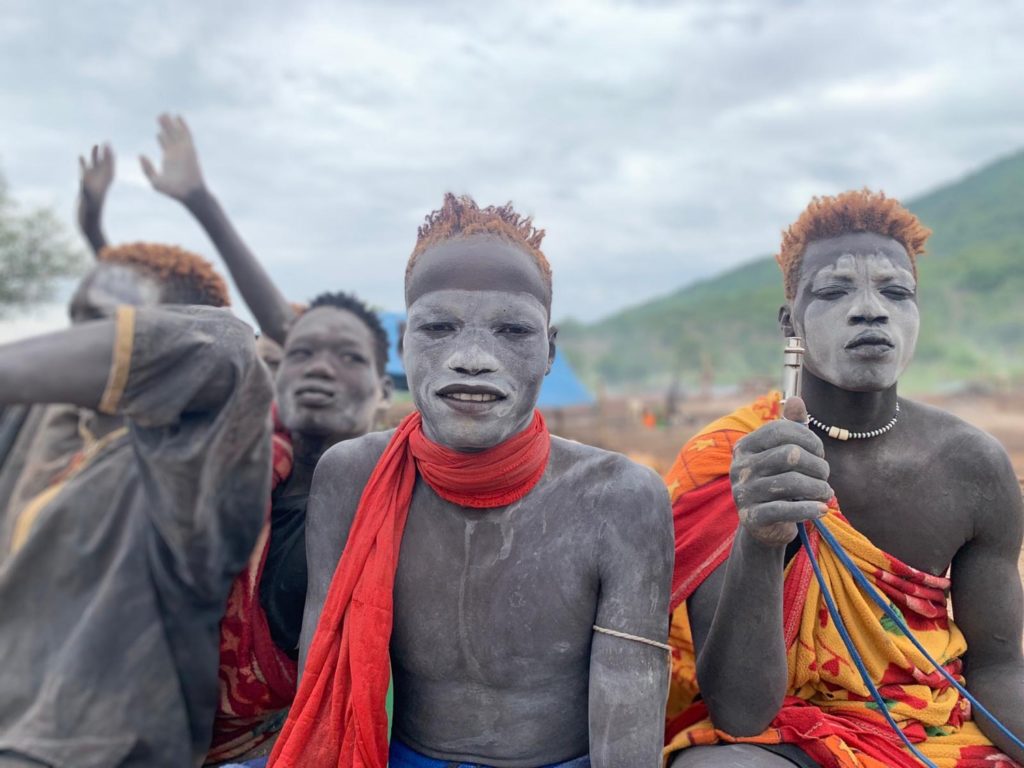


Remember, never travel without travel insurance! And never overpay for travel insurance!
I use HeyMondo. You get INSTANT quotes. Super cheap, they actually pay out, AND they cover almost everywhere, where most insurance companies don't (even places like Central African Republic etc!). You can sign-up here. PS You even get 5% off if you use MY LINK! You can even sign up if you're already overseas and traveling, pretty cool.
Also, if you want to start a blog...I CAN HELP YOU!
Also, if you want to start a blog, and start to change your life, I'd love to help you! Email me on johnny@onestep4ward.com. In the meantime, check out my super easy blog post on how to start a travel blog in under 30 minutes, here! And if you just want to get cracking, use BlueHost at a discount, through me.
Also, (if you're like me, and awful with tech-stuff) email me and my team can get a blog up and running for you, designed and everything, for $699 - email johnny@onestep4ward.com to get started.
Do you work remotely? Are you a digital nomad/blogger etc? You need to be insured too.
I use SafetyWing for my digital nomad insurance. It covers me while I live overseas. It's just $10 a week, and it's amazing! No upfront fees, you just pay week by week, and you can sign up just for a week if you want, then switch it off and on whenever. You can read my review here, and you can sign-up here!





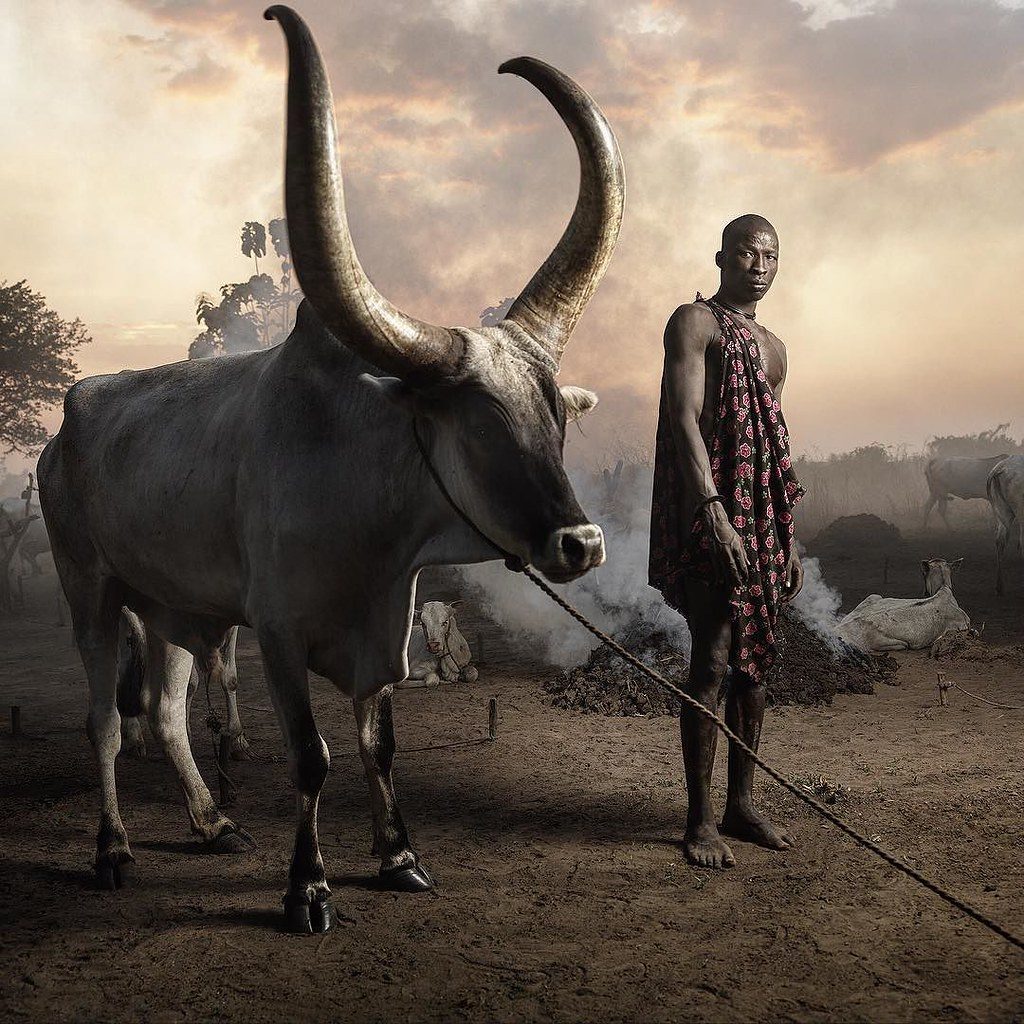


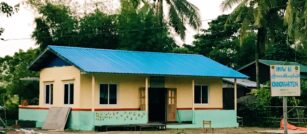
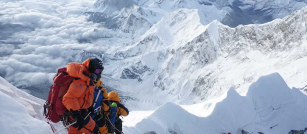
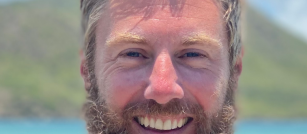
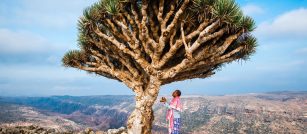

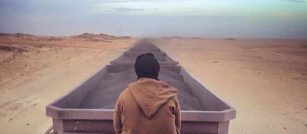
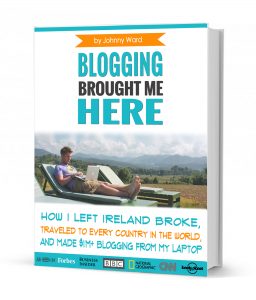 As you know, blogging changed my life. I left Ireland broke, with no plan, with just a one-way ticket to Thailand
and no money. Since then, I started a blog, then a digital media company, I've made
more than $1,500,000 USD, bought 4 properties and visited (almost) every country in the world. And I did it all from my laptop as I
travel the world and live my dream. I talk about how I did it, and how you can do it too, in my COMPLETELY FREE
Ebook, all 20,000
words or so. Just finish the process by putting in your email below and I'll mail it right out to you immediately. No spam ever too, I promise!
As you know, blogging changed my life. I left Ireland broke, with no plan, with just a one-way ticket to Thailand
and no money. Since then, I started a blog, then a digital media company, I've made
more than $1,500,000 USD, bought 4 properties and visited (almost) every country in the world. And I did it all from my laptop as I
travel the world and live my dream. I talk about how I did it, and how you can do it too, in my COMPLETELY FREE
Ebook, all 20,000
words or so. Just finish the process by putting in your email below and I'll mail it right out to you immediately. No spam ever too, I promise!
